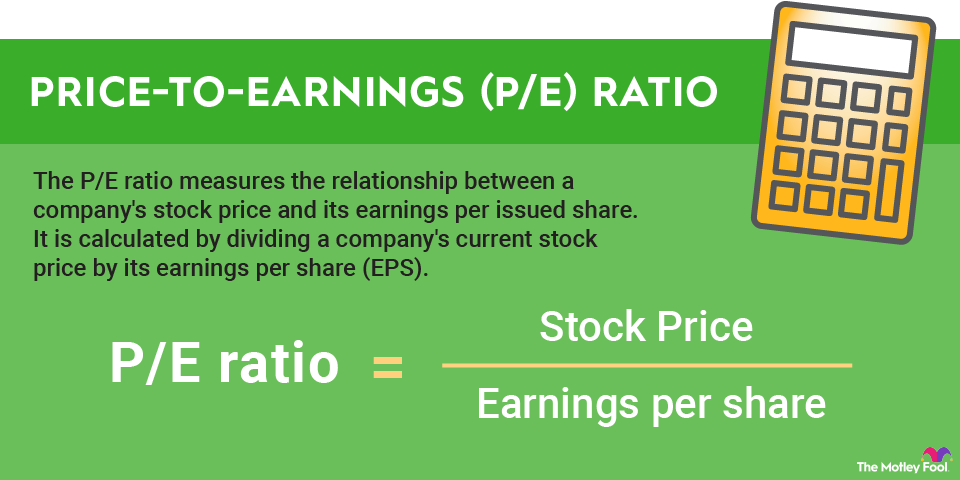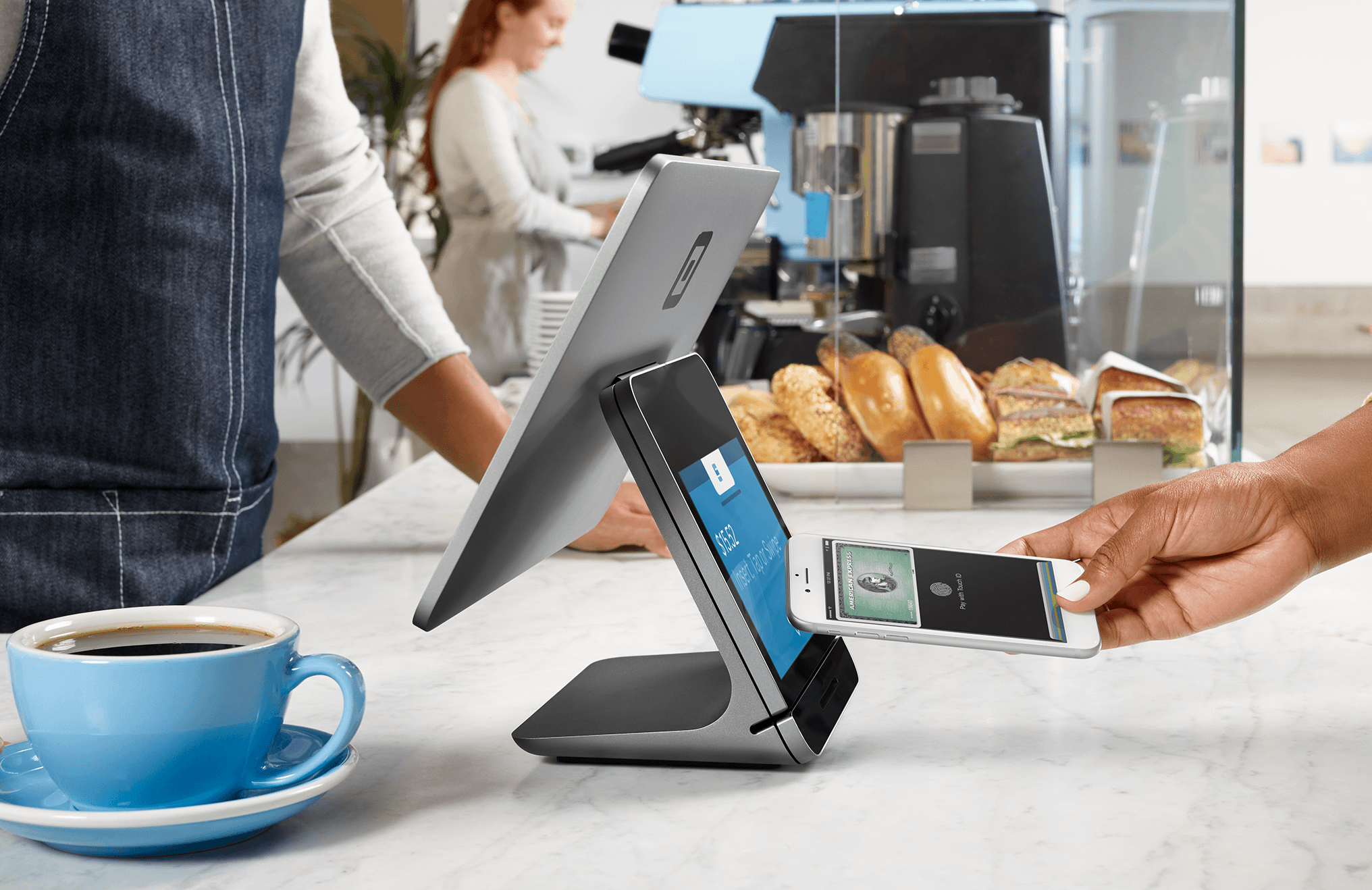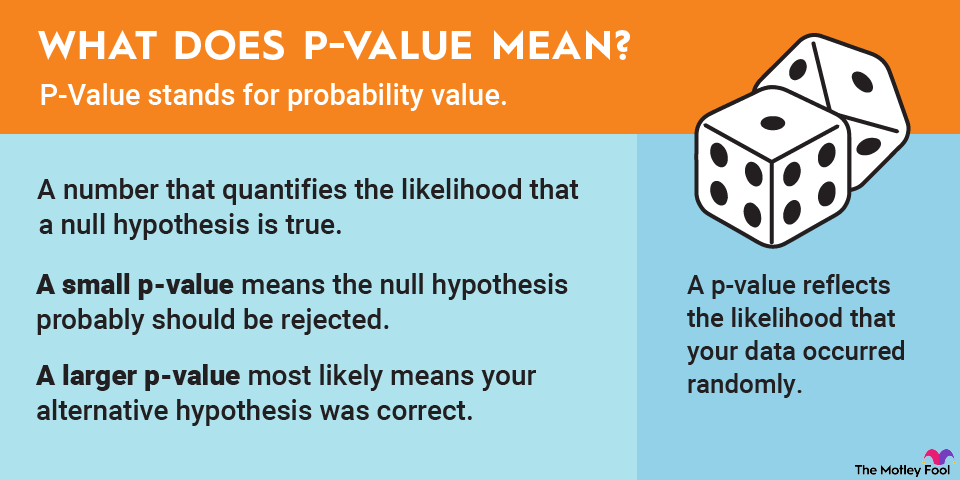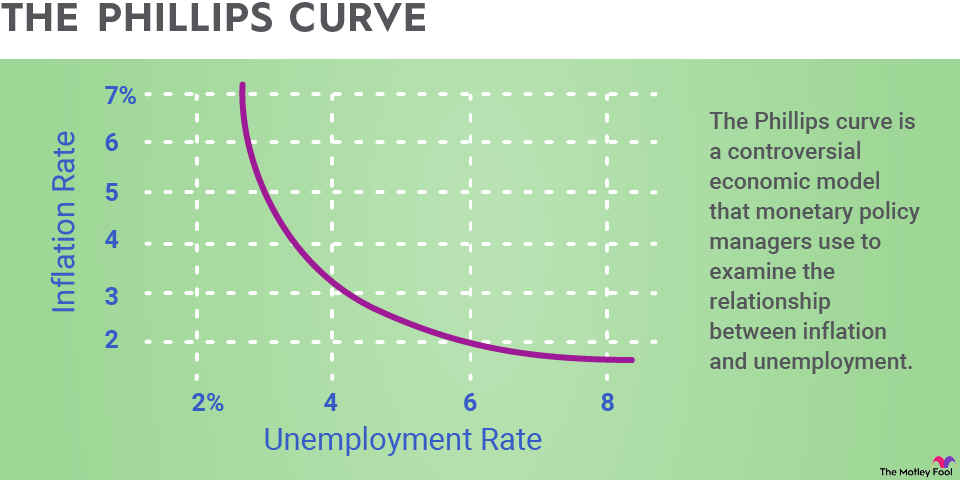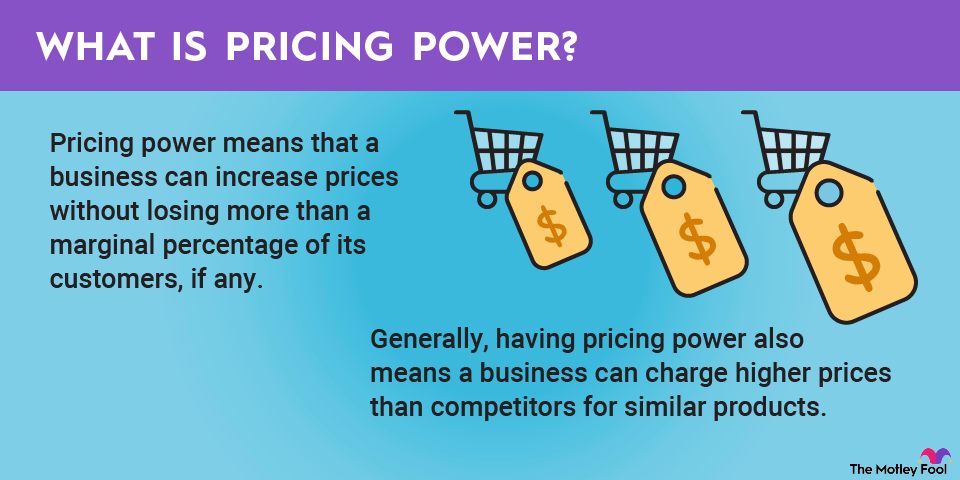
What is Peercoin?
Peercoin is a cryptocurrency that was designed to address some of the key issues that early digital currencies faced, particularly high energy usage and the risk of centralization. Unlike Bitcoin (BTC +0.03%), which relies entirely on proof of work (PoW) mining, Peercoin uses a hybrid model that combines PoW and proof of stake (PoS) mining.
PoW requires miners to solve complex mathematical problems using computational power, while PoS allows users to validate transactions and secure the network based on the number of coins they hold, making it a more energy-efficient alternative. Peercoin uses this hybrid model with some slight twists.
Miners can still validate transactions and secure the network using computing power, which is similar to how Bitcoin mining works. Peercoin initially distributes new coins via PoW mining, but long-term network security and transaction validation are maintained through PoS.
Peercoin rewards users who hold and "stake" their coins to help validate transactions. The more Peercoins someone holds, the more likely they are to be chosen to confirm transactions with proof of stake. This process consumes far less energy than traditional mining, making Peercoin an environmentally friendly alternative.
Another important feature of Peercoin is that it has a relatively low inflation rate, which helps maintain stability over time. Unlike Bitcoin, which has a hard cap of 21 million coins, Peercoin allows for a small, predictable level of inflation to encourage long-term sustainability and network security.
Why Peercoin matters
Energy efficiency and sustainability
One of the largest knocks on Bitcoin and blockchain technology is that required computing power is a drain on energy resources. Peercoin's biggest selling point is its lower energy usage. Its PoS system significantly reduces energy consumption, which makes it an attractive option for investors and developers looking for a more sustainable blockchain solution.
Decentralization and security
By allowing users to secure the network through staking rather than relying solely on large mining operations, Peercoin reduces the risk of centralization. In Bitcoin and other PoW-based cryptocurrencies, mining pools and large-scale operations can dominate the network, leading to concerns about power concentration. Peercoin's hybrid approach ensures that individual holders have a more meaningful role in securing the blockchain.
Long-term economic stability
Peercoin has a predictable inflation rate of 1% per year, which helps sustain the network and prevent extreme price volatility. This steady inflation ensures that coins continue circulating and prevents the hoarding behavior seen in deflationary cryptocurrencies. While Bitcoin's supply is limited, Peercoin's approach creates a balance between scarcity and sustainability, making it a better long-term investment play with much less volatility.
How to invest in Peercoin
Buying and storing Peercoin
Users can purchase Peercoin on cryptocurrency exchanges that support PPC (Peercoin's ticker symbol) to invest in it. Some popular exchanges that have historically supported Peercoin include Bittrex and Trade By Trade.
Once purchased, Peercoin can be stored in a Peercoin-compatible wallet, such as:
- Peercoin Official Wallet: Developed by the Peercoin team and available for desktop use.
- Ledger Hardware Wallet: A secure offline option for those looking to hold Peercoin long-term.
- Paper Wallets: A method for storing Peercoin offline by printing a private key and public address on paper.
Staking for passive income
One of the unique benefits of Peercoin is its staking system. Unlike Bitcoin mining, which requires expensive hardware, Peercoin holders can earn rewards simply by keeping their coins in a wallet and participating in the network. By staking Peercoin, investors can generate a small annual return (around 1%) while helping secure the blockchain. This 1% return won't knock anyone's socks off, but it is an incentive to stake, which makes the entire system operate.
Related investing topics
How Peercoin influences other cryptos
Although Peercoin is not as widely used as Bitcoin or Ethereum (ETH +1.11%), it has been a pioneer in blockchain innovation. Many newer PoS-based cryptocurrencies, including Ethereum's transition to PoS, were influenced by Peercoin's original model.
For example, Decred (DCR +2.45%), a hybrid PoW/PoS cryptocurrency, borrowed elements of Peercoin's system to improve decentralization and governance. Peercoin's approach to staking has also inspired projects focusing on green blockchain technology, proving that energy-efficient solutions can work in the crypto space.

